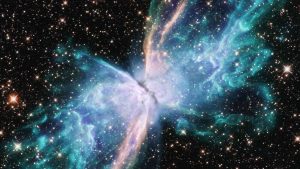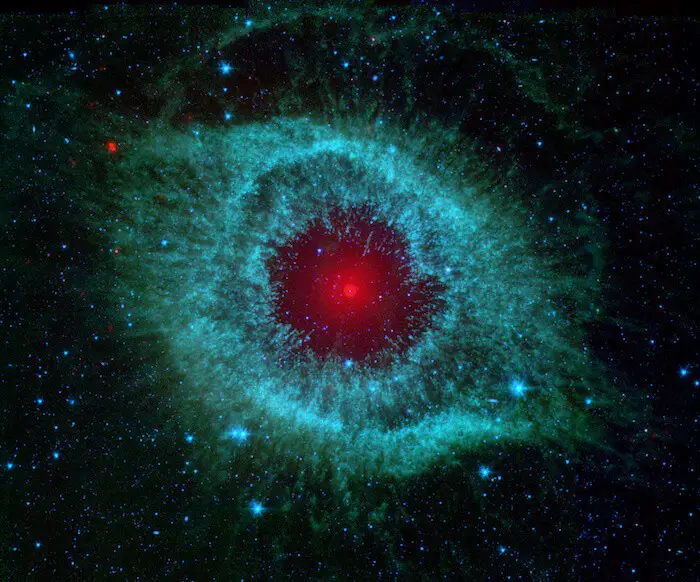Amazing Human Discoveries of Several Nebulae
The curiosity of earth people has led us to many human discoveries which evolved our lives. And still, it is opening new doors of more possibilities for the future. Among the most magnificent human discoveries, the galaxy and it’s belonging is the one that possesses treasures of secrets. In the same category fall the incredible nebula that gave birth to many kinds of research and questions. So let’s begin with discussing nebulae.

What is a nebula and where are nebulae?
Nebulae are the massive clouds in space that are formed of different gases and dust. These clouds occupy space. Not the full “space” but yes some space in “space” between the stars.
According to scientific study, when dying starts to explode, throwing out gas and duct, this results in the formation of the cloud which we call a nebula.
The word originates from Latin that means fog, smoke or vapour. The basic elements found in Nebulae are hydrogen, helium, and ionized gases.
Scientific study says that the explosion of supernovae is the main reason behind these Nebulae. And now these nebulae are serving as nurseries for new stars.
Scientists believe that a stellar evolutionary path should be used to build up a nebula. Currently, there are several nebulae discovered, and many much more are out there in the far side of space. Four of the most commonly seen are Crab, Pelican, Eagle, Nebula, and Ring.
There are nebulae, also referred to as interstellar space in the vacuum between the stars. The nebula of Helix is earth’s closest nebula. It’s the rest of a dying star, maybe like the Sun. It’s around 700 Earth light-years. It takes you still 700 years, even though you could travel at light speed.
Astronomers use very efficient telescopes to capture the image of distant nebulae. NASA Spitzer Space Telescope and the Hubble Space Telescope were the ones that took portraits of nebulae.
How big are nebulae?
The majority of nebulae are huge, some are of a diameter that takes hundreds of light-years. A nebula that is visible from the Planet to the human eye will be bigger but not brighter. The Orion Nebula is the biggest and the brightest one you can see in the sky. It covers an area that is twice the diameter of the Moon. you can see it with the naked eye but wonder why the early astronomers did not see it.
While heavier than the area around, the bulk of nebulae are much less compact than any vacuum on Earth. There will be just a few kilogrammes of the total weight in a nebular cloud of the Earth’s size. Some nebulae are visible because of the fluorescence of embedded hot stars, while others are so ubiquitous that only long exposures and special philtres will detect them.
Types of Nebulae in human discoveries
Galaxy
A big debate was over the presence of the nebulae at the beginning of this century that could not be solved in single stars at that time. We are now aware of the fact that these are large clusters of billions of stars. They are a lot closer than other nebulae as defined in Edwin Hubble’s work. His paper was published by the “Kingdom of the Nebulae.” Our Milky Way galaxy is one of the trillions of galaxies believed to exist. A common galaxy is 100,000 light-years in diameter.
Globular Cluster
Globular clusters are collections, severely bound, of several thousand to up to one million stellars. Some of them are really old stars. Globular clusters do not dwell on the galaxy planes, they are modified in the halo. Hundreds of globular clusters are aligned with our galaxies. A typical globular cluster lasts for hundreds of light-years.
Open Clusters
Open clusters are composed of thousands or hundreds of young stars. Moreover, they are not severely related and can propagate in a relatively brief amount of time, astronomically speaking. They are often associated with more diffuse nebulosity. Also referred to as ‘galactic clusters’ because it is spread widely on the galaxy floor. There is less than 50 light-years of diameter in a standard open cluster.
Emission Nebulae
High-temperature gas clouds are emission nebulae. The atoms in the nebulae take energy from a close star through ultraviolet light. They then release radiation as it reverts down to a lower energy level like a neon light. These nebulae are typically bright, as the primary hydrogen emission line is bright.
Reflection Nebulae
The nebulae of reflection are dust clouds that reflect the light of the surrounding galaxy or galaxy. These are common places of star formation.d Typically they are blue since blue light is more effective. Reflection and Emission nebulae often come into sight together and both are called diffuse nebulae.
Dark Nebulae
Dark nebulae are dust clouds that obscure light from everything behind. The nebulae of reflections are very similar physically to these ones. And the reason is that of the source of light they both have, Earth and cloud. Also sometimes, dark nebulae are seen along with reflection and emissions nebulae. A standard dark nebula of diffusion is several hundred light-years.
Planetary Nebulae
Planetary nebulae are gas shells set off at the end of their existence by some stars. In about 5 billion years, the Sun is expected to create a planetary nebula. These nebulae are unrelated to planets. This terminology was coined as they often look like asteroids in small telescopes. There is less than 1 light-year across a standard planetary nebula
Supernova Remnants
Supernovae arise when a huge star in an intense fire of glory ends her life. A true wonder of outer-space human discoveries. For a few days, the supernova emitted as much radiation as a whole galaxy. When it has been finished, a large part of the star is blown into orbit. A standard supernova is just a few light-years from here.

